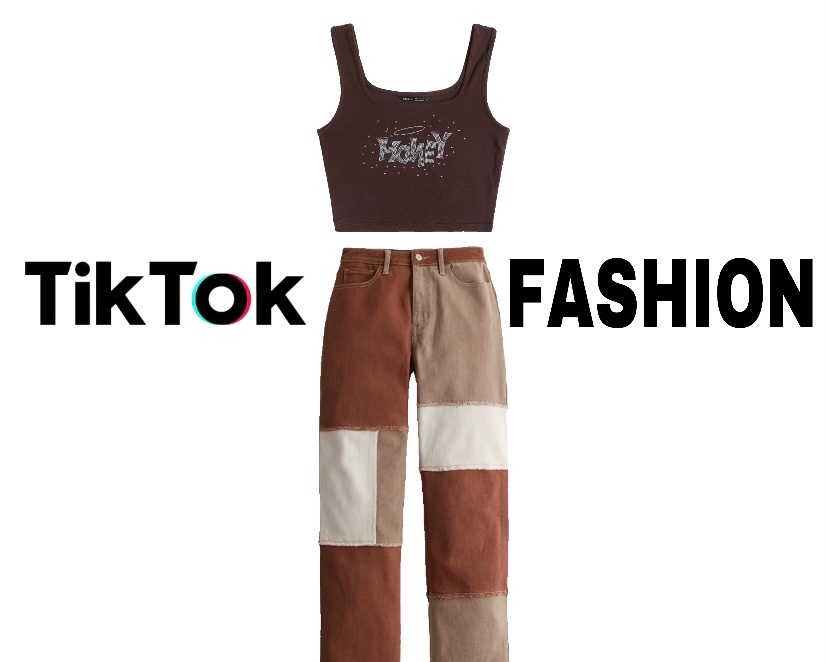Tik Tok unintentionally encourages viewers to shop unsustainably
With the “tiktokfashion” hashtag garnering over 18 billion views on the app, fashion trends that have originated from Tik Tok are becoming increasingly popular and influential. These second-long clips showcasing new purchases and clothing hauls have caused trends to constantly fluctuate into microtrends.
Fast fashion is inexpensive clothing rapidly produced by mass-market retailers in response to the latest trends. Many of the items featured in these hauls are from fast-fashion brands. While beneficial to the economy, fast fashion has adverse effects on the environment.
“This production is responsible for emitting considerable amounts of greenhouse gases and uses several non-renewable resources,” said Sustain Your Style in an article.
Rapidly changing trends perpetuated by Tik Tok have resulted in an influx of massive clothing hauls that mainly focus on items from fast fashion brands. By constantly putting these fast fashion brands into the spotlight unintentionally, fast fashion brands are flourishing, but its effects on the environment are damaging.
“The fashion industry consumes one-tenth of all of the water used industrially to run factories and clean products.”said Ngan Le in an article for Princeton University. “To put this into perspective, it takes 10,000 liters of water to produce one kilogram of cotton or approximately 3,000 liters of water for one cotton shirt.”
One of the most popular brands commonly shown in these viral videos is SHEIN. With millions of views and likes, SHEIN has become an increasingly in-demand brand and is known for having cheap clothing. Many celebrities have also collaborated with this company, including singer Katy Perry and Riverdale star Madelaine Petsch. While SHEIN allows for accessible and affordable fashion, many content creators have been buying hundreds of dollars worth of clothing from these brands. Consumers who have the means to afford these costly hauls can buy from sustainable brands instead.
When these trends disappear, many of these clothing items end up being neglected or thrown away, creating a damaging pattern called microtrends. This cycle contributes to overconsumption, another vast environmental issue.
While the viral fashion videos may be entertaining to some, the overconsumption of fast fashion continues to negatively impact our planet.
Your donation will support the student journalists of Calabasas High School. Your contribution will allow us to purchase equipment and cover our annual website hosting costs.

My name is Sophia and I'm a Staff Writer on the courier! This year, I am in 10th grade. I enjoy writing about fun and influential topics. Off-campus, I...

Hi, my name is Jordyn and this is my third year on The Calabasas Courier. I am so excited to be the Digital Editor. As a sophomore, I was a staff writer,...











